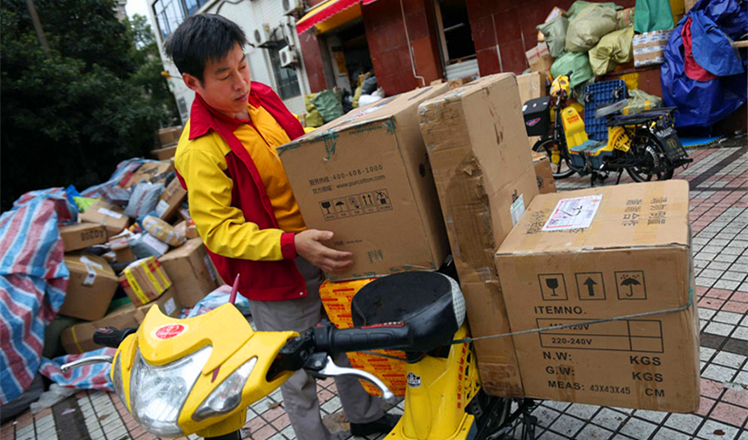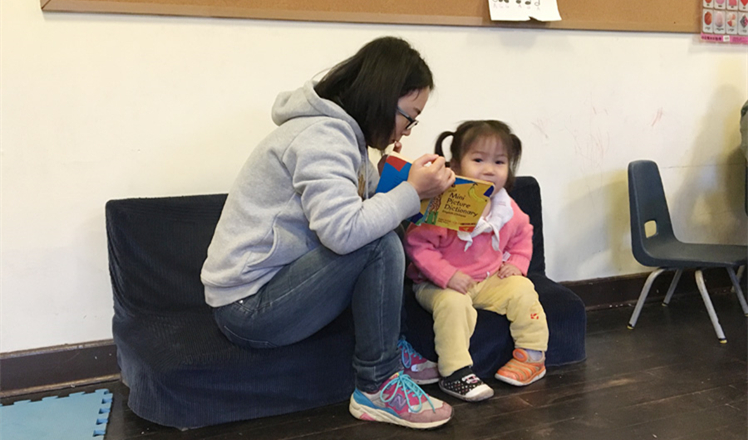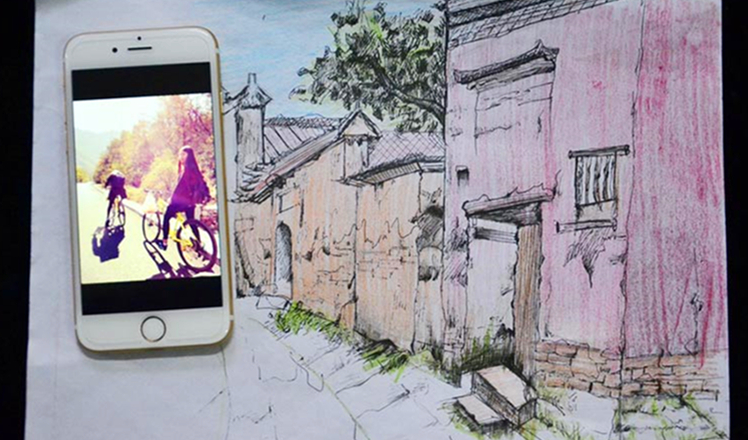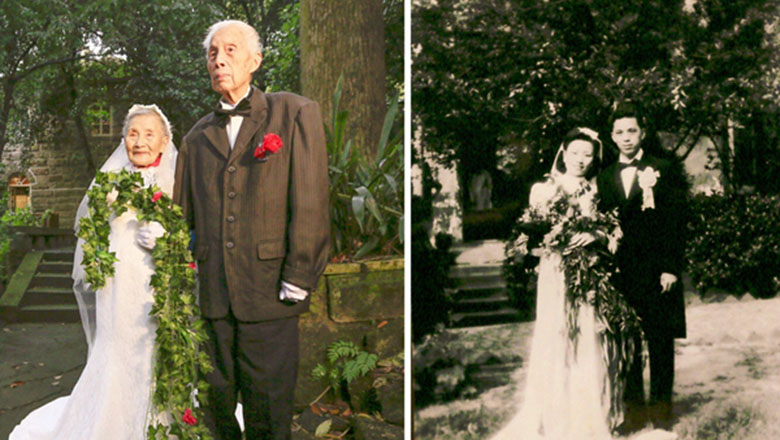Summit explores ways to preserve traditional villages
Updated: 2015-11-30 08:02
By Wang Kaihao(China Daily)
|
||||||||
 |
|
A Dong ethnic woman weaves in the traditional way. ZHANG JIHUI/CHINA DAILY |
She says that on the festival day the use of fire was prohibited in the village and all the people had to go to a nearby river to eat cold dishes. This was to remind the Xijiang people about taking precautions to keep wooden structures from catching fire and to pay homage to the fire god.
"Now, we cannot demand that tourists not use fire on that day," she says. "They eat whatever they like."
Meanwhile, though a proposal was made by 100 scholars at last week's summit to accelerate the push for Qiandongnan's traditional villages to be declared as UNESCO Cultural Heritage sites, Cao Changzhi, deputy director of the State-level commission for traditional village development, is not optimistic.
He says: "I did research in Qiandongnan in 2012. Some traditional villages were well preserved then.
"However, when I went back recently, I found that many things had been replaced by wide roads, newly built fortress gates and stores, all within three years."
Zhao Hui, chief economist of the Ministry of Housing and Urban-Rural Development, says that while traditional villages are still vanishing, government efforts have slowed the pace.
"Protection is still the priority, but we also have to find ways to improve the villagers' livelihoods.
"Poverty is still the biggest challenge," he says.
As Xibaoyi says: "Many people ask me which one I like better: my hometown in the old days or the new look."
Her answer is tactful. "Well, visitors always like original landscapes. But we had to struggle to fight poverty, and tourism has enriched us. So, for sure, I prefer today."
- Britain's Cameron says time to bomb militants in Syria
- Russia accept full suspension from athletics
- Turkish and Russian FMs to meet in Belgrade
- S.Korea, DPRK agree to hold vice ministers' meeting for improved ties
- Avoiding escalation over Russian warplane downing
- Rights panel presses US over scientists' cases

 A day in the life of a deliveryman
A day in the life of a deliveryman
 Orphanage shows love and compassion across borders
Orphanage shows love and compassion across borders
 College student paints creative travelogue
College student paints creative travelogue
 Macy's Thanksgiving Day Parade colors NYC
Macy's Thanksgiving Day Parade colors NYC
 Obama pardons National Thanksgiving Turkey 'Abe'
Obama pardons National Thanksgiving Turkey 'Abe'
 Premier road show: Li takes CEE leaders on high-speed train ride
Premier road show: Li takes CEE leaders on high-speed train ride
 Trending: Love through war and peace
Trending: Love through war and peace
 Miss World 2015 to be crowned in Sanya
Miss World 2015 to be crowned in Sanya
Most Viewed
Editor's Picks

|

|

|

|

|

|
Today's Top News
Chinese president arrives in Turkey for G20 summit
Islamic State claims responsibility for Paris attacks
Obama, Netanyahu at White House seek to mend US-Israel ties
China, not Canada, is top US trade partner
Tu first Chinese to win Nobel Prize in Medicine
Huntsman says Sino-US relationship needs common goals
Xi pledges $2 billion to help developing countries
Young people from US look forward to Xi's state visit: Survey
US Weekly

|

|







